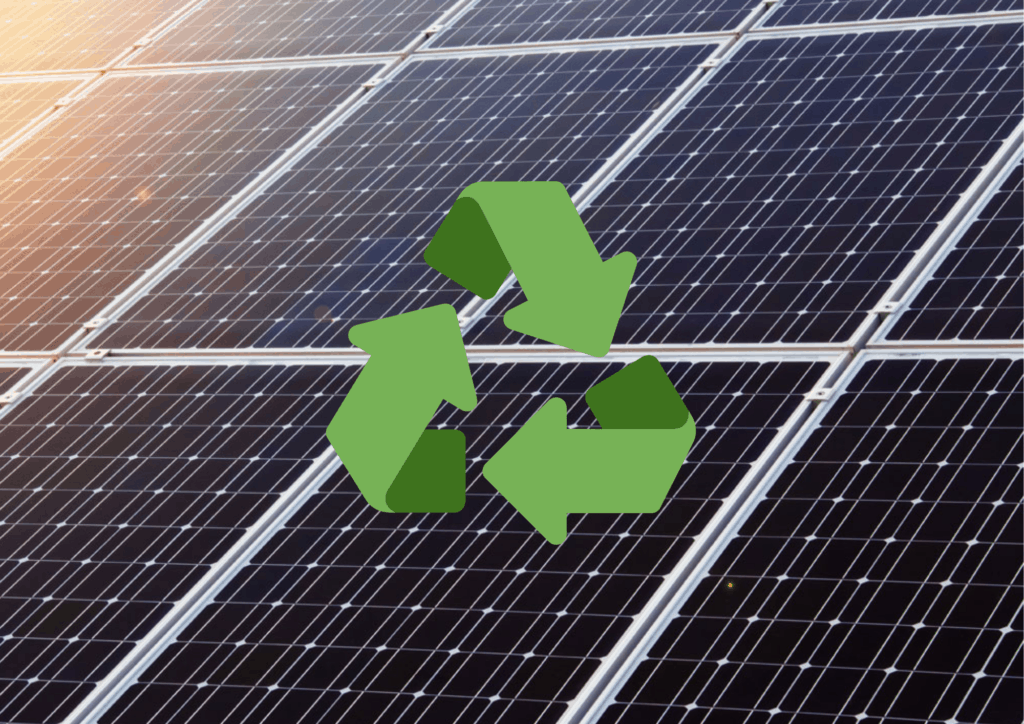Toilets That Use Solar power for Energy: For a Greener Tomorrow

The world is getting greener. The environment is becoming more and more important to us, and there are many ways that we can go green in our everyday lives.
One of the best ways? Going solar powered!
Although it is quite a new idea and system, solar powered toilets are eco-friendly because they use sunlight for energy instead of electricity or gas, and they also look pretty cool too.
Learn about how solar power can help boost your sustainability today by reading through to the end of this blog post!
What is solar power?
Energy from the sun is a clean and renewable resource that can be collected and used!
It is this energy from sunlight that can be converted into electricity or heat .
This makes it an ideal solution for people who are looking for alternative sources of power to fuel their homes.
Now, we have all heard of composting toilets as a solution to greener living. But not many people know of all the benefits and uses of a composting toilet that runs on the power of the sun!
Solar powered composting toilets: All you need to know

How does a solar composting toilet work?
Let’s begin by looking at the general composting process.
Composting toilets such as the Nature’s Head are able to recycle human waste in a similar way that your garden composter does. The toilet’s compost chamber is used for the decomposition process, while evaporation helps empty 90% of water from the solid material and return it back into our atmosphere.
A composting toilet is a simple-yet-complicated machine that must perform three separate processes to complete the decomposition of the waste.
First, the liquid and solid waste are broken down quickly without any odor thanks to natural bacteria that is present in the system.
Next, by letting it go through an extra step of heating before mixing with soil-building lime, you can be sure your finished product will be safe.
Finally, once all liquids have been evaporated from what’s left over after the composting process has run its course, you’re ready to spread out your home-made compost on the land as fertilizer!
Various manufacturers have tried many different methods and techniques to attain these aims, but none have been as effective as the Bio-drum, invented by Sun-Mar, who are the pioneers of the composting toilet business since the 1960s.
Now let’s take a look at how the solar energy comes into play with a composting toilet.
Well, it’s actually really simple! Solar panels collect sunlight and convert it into electricity which is used to power the toilet. This way there are no chemicals and it won’t consume lots of water.
Solar composting toilets work by incorporating a solar panel which then operates an electrochemical reactor, converting human waste into solids that can then be used as fertilizer and hydrogen that can saved and stored in fuel cells and used to power the reactor during periods of low, or no sunshine.
A pump returns recycled, cleansed water to a reservoir on the toilet’s container.
The toilet is entirely self-contained (meaning there is no sewer connection necessary) and can operate independently off the power grid.
The technology can cleanse wastewater in as little as three to four hours.
What does the solar composter consist of?

Microbes flourish at temperatures ranging from 50 to 98 degrees Fahrenheit. Microbes hibernate or die below 50 degrees, and the composting process slows.
By using solar energy to heat the composter, the bacteria remain constantly warmer and function quicker, and the excess moisture from urine is swiftly evaporated away, leaving just a little amount of solids to be composted into a fine clean-smelling fertilizer.
The Solar Assisted Composter is made up of four components:
- The commode can be a portable toilet or a 5-gallon sawdust toilet.
- A length of 3″ diameter black PVC vent pipe serves as an exhaust vent for moisture evaporation.
- The sun cover can be built of plywood and single-pane safety glass or recycled windows.
- The tank, can be built of cement blocks or polyethylene.
In this type of composting toilet, there is no requirement to separate human waste, and you can use either a commercial porta-potty toilet or a 5-gallon bucket sawdust toilet.
The sun will enter the chamber via the glass and heat it, keeping the microorganisms at a higher temperature where they will immediately begin composting the waste.
The heat will help remove excess moisture from the composting waste as it evaporates via the exhaust vent pipe.
You can continue to add human waste as it is generated until the tank is roughly half-filled, at which point you can dump the composted material from the tank’s bottom via the compost door and apply it to your fruit trees and bushes.
What are the advantages of solar-powered toilets?
There are many advantages to a compost toilet that runs on the sun’s energy.
Besides being more environmentally friendly, here is a list of some other advantages to take into account:
Sustainability
It is helpful towards sustainability efforts which mean we’re all doing our part to be environmentally friendly, plus it’s also easier on the environment too!
This low-cost option will supply your garden with natural compost material that is better for the environment than fertilizer.
Plus, composting your waste in a self-contained composting toilet instead of sending it down the flush toilet to a septic tank is pretty much the most environmentally friendly option!
Waterless
A solar toilet can also be a waterless toilet – this means you can save on the water bills and help the environment that little bit more.
A regular flush toilet uses many liters of clean water every time it is flushed. By contrast, a waterless composting toilet, by definition, will save water!
Renewable power
The sun is a natural energy supply that will not run out!
This gives your solar toilet a long lifespan at no extra cost to you, once you have installed it there are no ongoing expenses to worry about because it is free to run.
Lack of odors
Unlike their chemical counterparts, they don’t flush with harmful chemicals and so produce little to no smell and odors.
This also means it does not release harmful fumes into the air, giving it health benefits to the user.
Even as your waste is being turned into compost in the container, the special design means that there should be no smell.
Requires no sewage system
Seeing as the toilet is waterless and runs on the power of sunshine, it does not need to connect to a sewage system or septic tank. Which also means it can run off-grid, even when installed in your house!

What are the disadvantages of solar-powered toilets?
There are very few disadvantages of these toilets, but as with everything, there are still some cons to look out for.
The amount of sunlight needed to power the device
Understandably, these toilets require high amounts of sunlight for the system to run smoothly.
However, there are many solar toilet models that have functions that work to preserve the energy of the sun to be used at times of little sunshine or at night.
Doesn’t work in cloudy climates
On cloudy days, solar panels do function but not as efficiently.
On hazy days, solar panels collect not just energy from the visible light spectrum, but also energy from other wavelengths that may penetrate through heavy clouds. As a general rule, solar panels can generate energy as long as they can project a shadow.
How were these toilets created?
During his prior work on toilet-related projects for US Navy wastewater treatment facilities and a NASA space shuttle system for urine removal, Caltech engineer Michael Hoffman created the toilet.
Hoffman and his colleagues were awarded a $400,000 grant in 2011 to create a toilet that can eliminate waste for five cents per user each day. The toilet won the Gates Foundation’s 2012 Reinvent the Toilet Challenge, which invited competitors to design a safe, cheap, and sanitary toilet that could serve the world’s 2.5 billion people who lack access to good sanitation.
In November 2013, Kohler, a toilet manufacturer, collaborated with Caltech experts to assist further in improving the toilet.
Where have these toilets been put to use?
In the developing world, even the greatest sanitation facilities can quickly become obsolete if they break down and have no one in the region who can understand the maintenance, installation, and repairs that may be required.
An estimated 4.5 billion people in the world lack access to appropriate sanitary facilities, resulting in millions of deaths each year, as well as pollution and economic losses.
These toilet systems are being tested in India where there are many areas lacking adequate facilities.
The innovative composting toilets system has been installed in over 2500 locations across 22 states in the country.
Since a majority of people don’t use public or community toilets due to their unhygienic conditions, these sun-powered and self-cleaning e-toilets, which offer a sustainable approach to public sanitation, are the kind of toilets needed in Indian cities.
With India having a hot, sunshine-filled climate, it is safe to say that the testing of the composting toilet, solar-powered, is running smoothly and proving useful to the country.
Conclusion

Despite sun-powered composting toilets being a pretty new and innovative invention, they are being tested and could be the future of a sustainable alternative to traditional flush toilets and another type of compost toilet.
With constant updating and research into how best to improve the system, there are high hopes for the future of solar-powered toilets!
If solar-powered toilets don’t sound like the right type for you, why not check out electric composting toilets or self-contained toilets?

